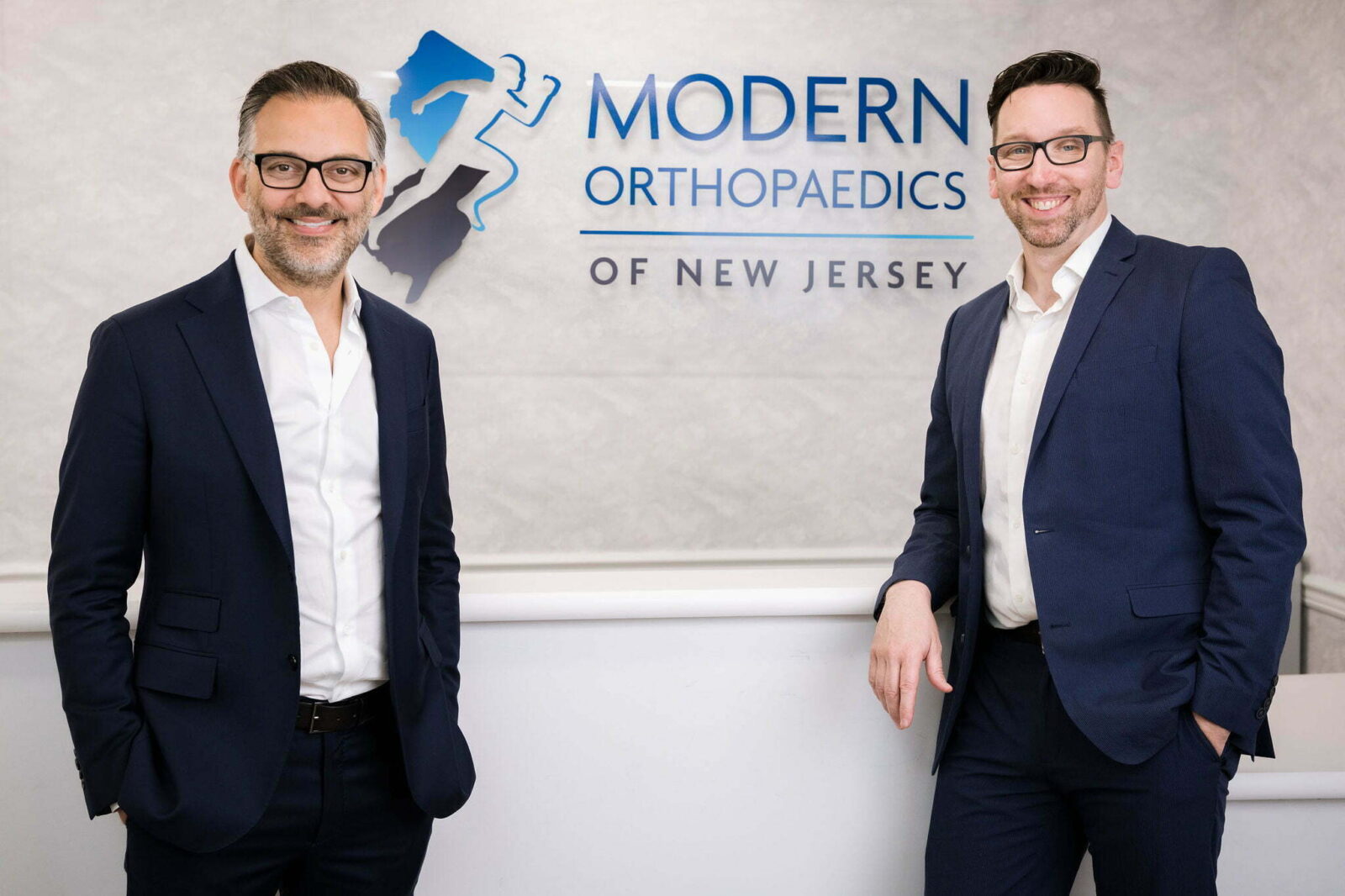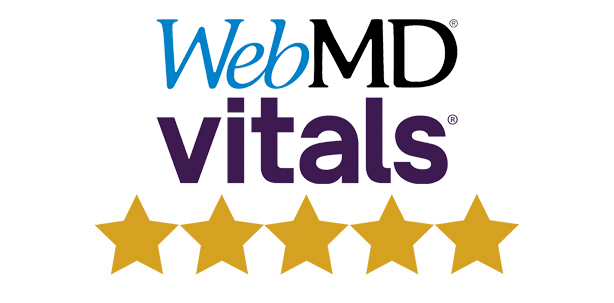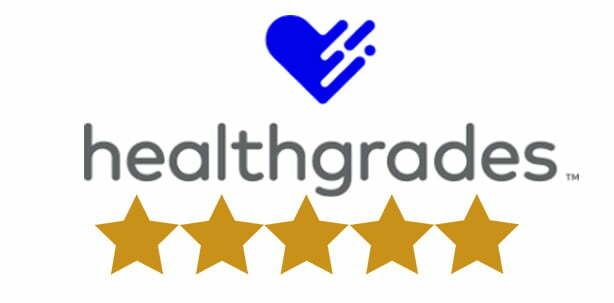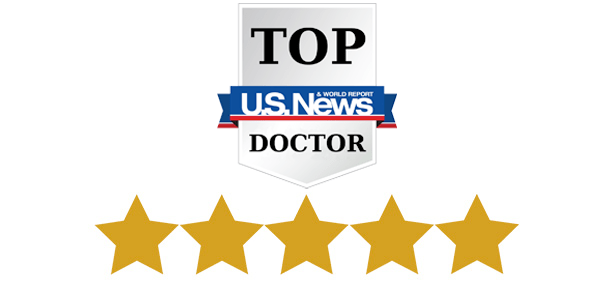Awarded
Orthopaedic Shoulder
Specialists in NJ
Unlike general orthopaedic surgeons, our doctors have advanced training and specialize specifically in non-surgical and surgical treatments of the shoulder.
Paramus – Wayne – Parsippany
ATo Shoulder Pain Treatment
Shoulder Pain
At Modern Orthopedics, we understand that every shoulder is unique, just like the patients we serve. Your shoulders play an essential role in your daily life, from performing simple tasks to engaging in your favorite activities. That’s why we’re committed to providing individualized care that targets your specific needs.
Shoulder Exam & Diagnosis
Your journey to healing begins with a detailed diagnosis. Our skilled orthopedic specialists spend quality time understanding your symptoms, medical history, and lifestyle. Utilizing advanced diagnostic tools, we craft a comprehensive picture of your shoulder’s condition, ensuring an accurate diagnosis.
Tailored Shoulder Treatments
We believe that your treatment should be as unique as you are. After diagnosing your shoulder condition, our team collaborates with you to develop a treatment plan tailored to your individual needs and daily life. Whether it’s rehabilitation exercises, medication, or surgical intervention, our approach is focused on your well-being.
Your Partner In Pain-Free
We don’t just treat your shoulder; we partner with you in your recovery journey. Our dedicated team supports you every step of the way, providing continuous guidance and encouragement. We adapt our methods to align with your progress and preferences, ensuring a comfortable and effective recovery process.
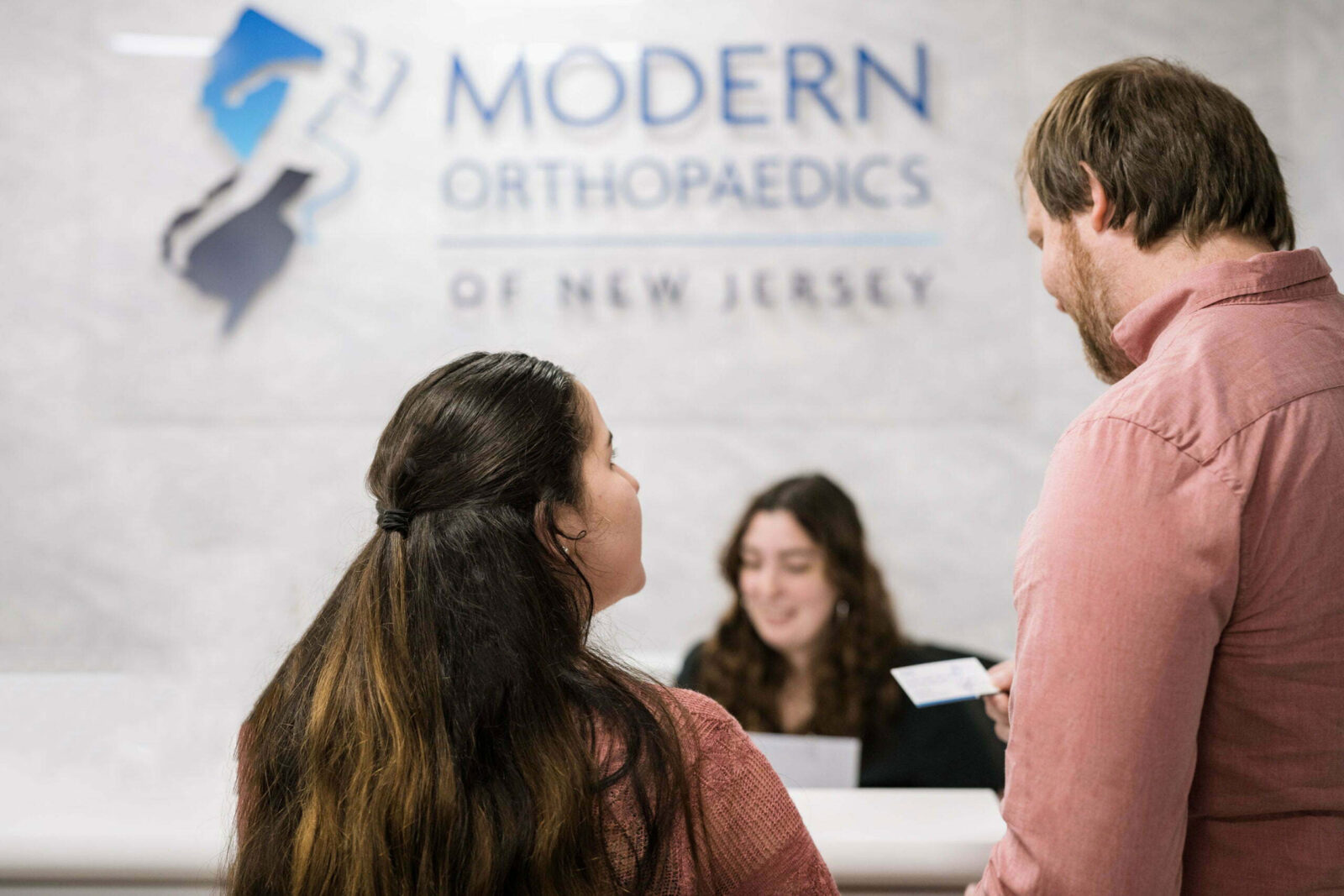
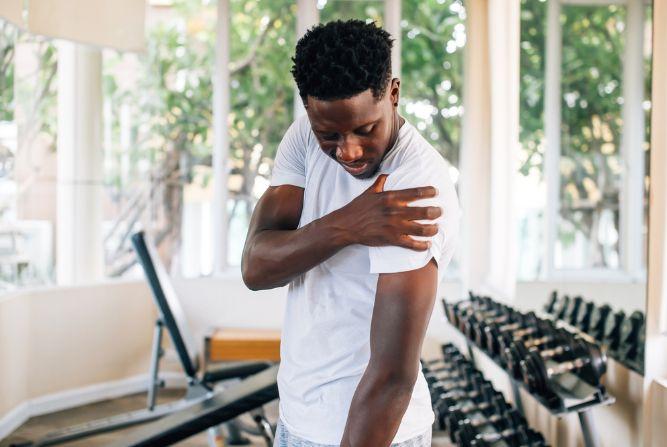
We specialize in a variety of
Conditions & Procedures
learn more below
Recognized as Top Shoulder Specialty Doctors in New Jersey
At Modern Orthopedics of New Jersey, our 5-Star concierge-trained staff was designed to guide each unique patient through questions, scheduling, insurance, and anything else needed to ensure the best possible experience for our patients.
Our Awarded
Specialists
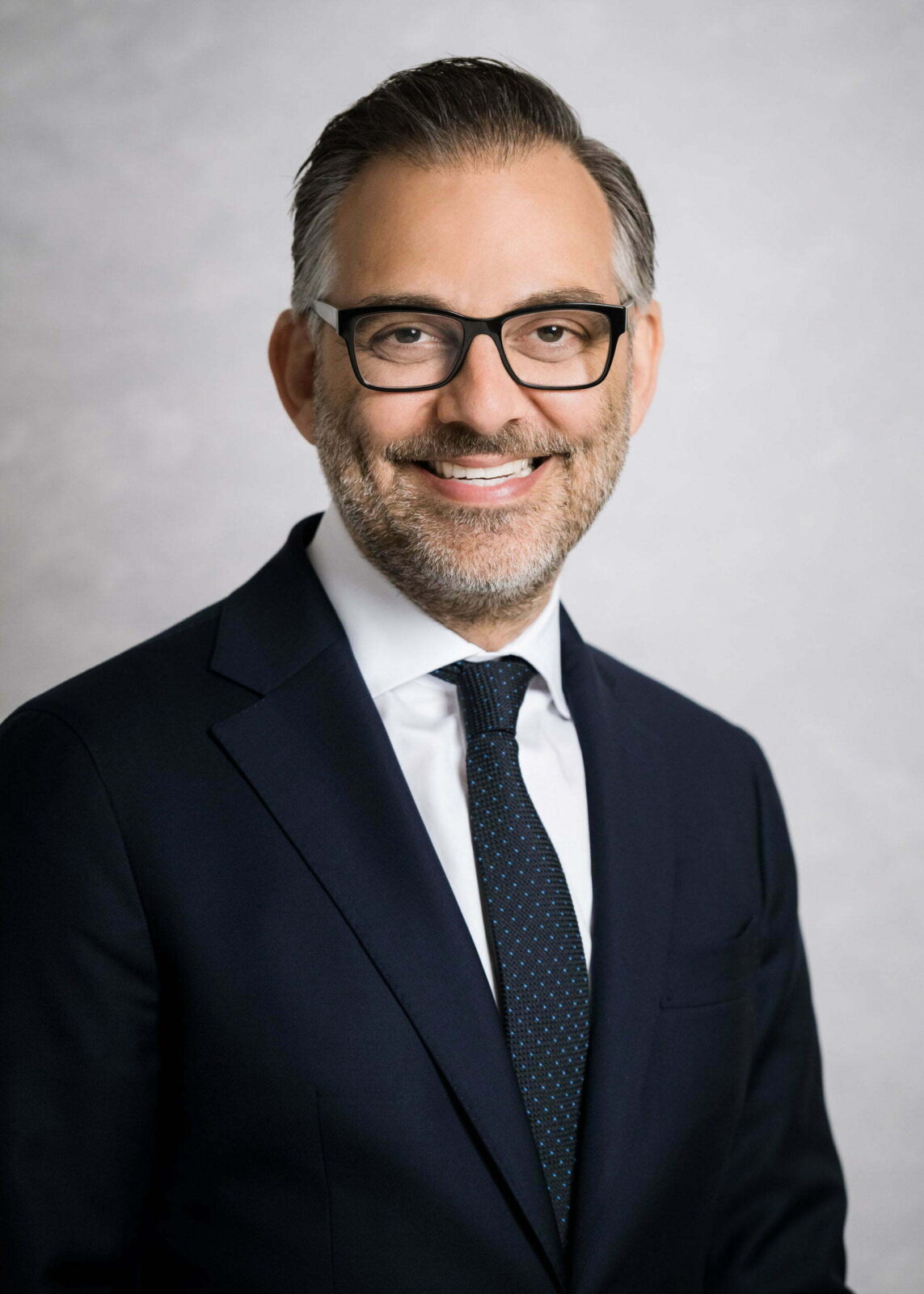
Peter DeNoble, MD, FAAOS
Hand, Wrist, Shoulder & Elbow Surgeon
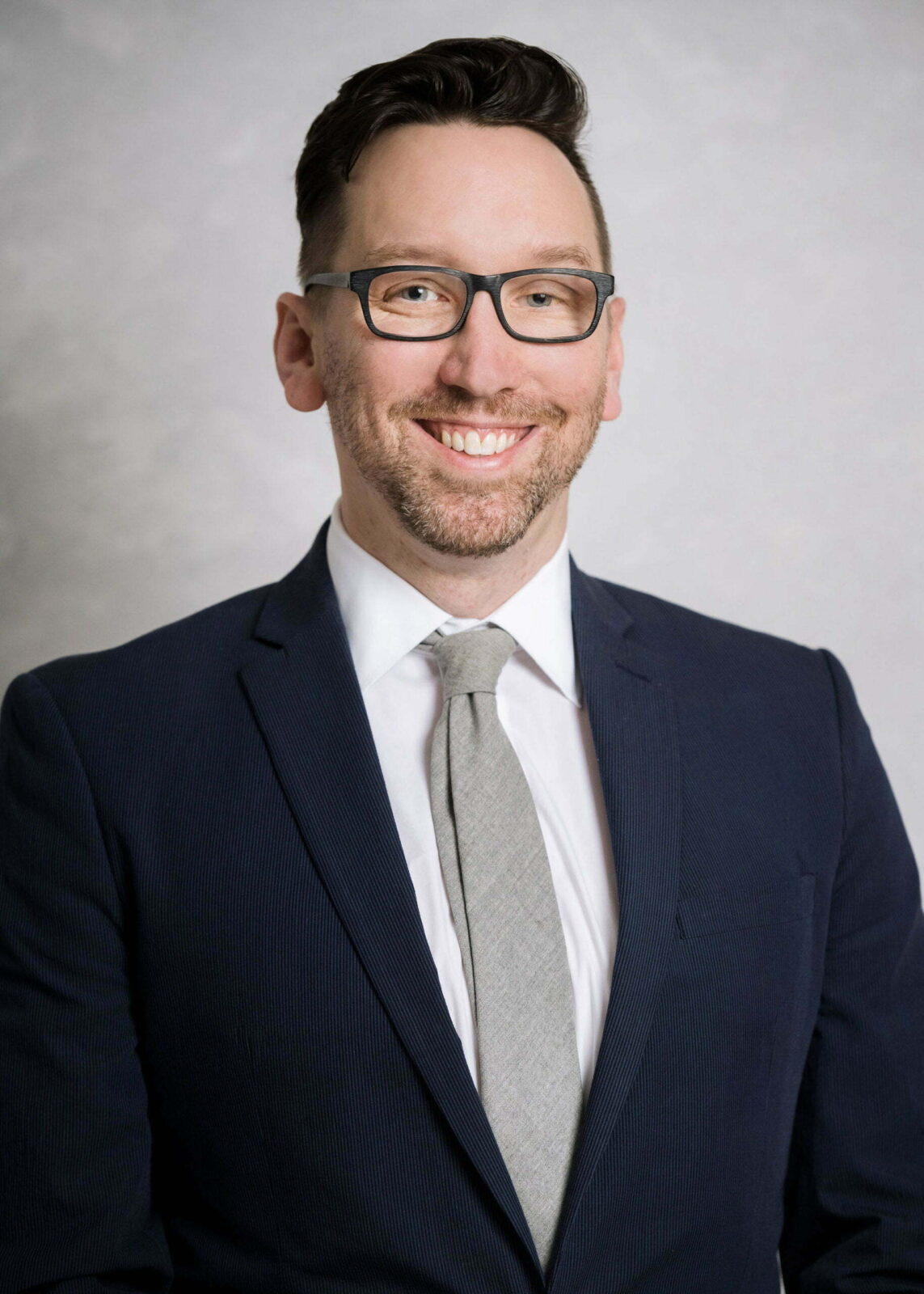
David Ratliff, MD, FAAOS
Hand, Wrist, Shoulder & Elbow Surgeon
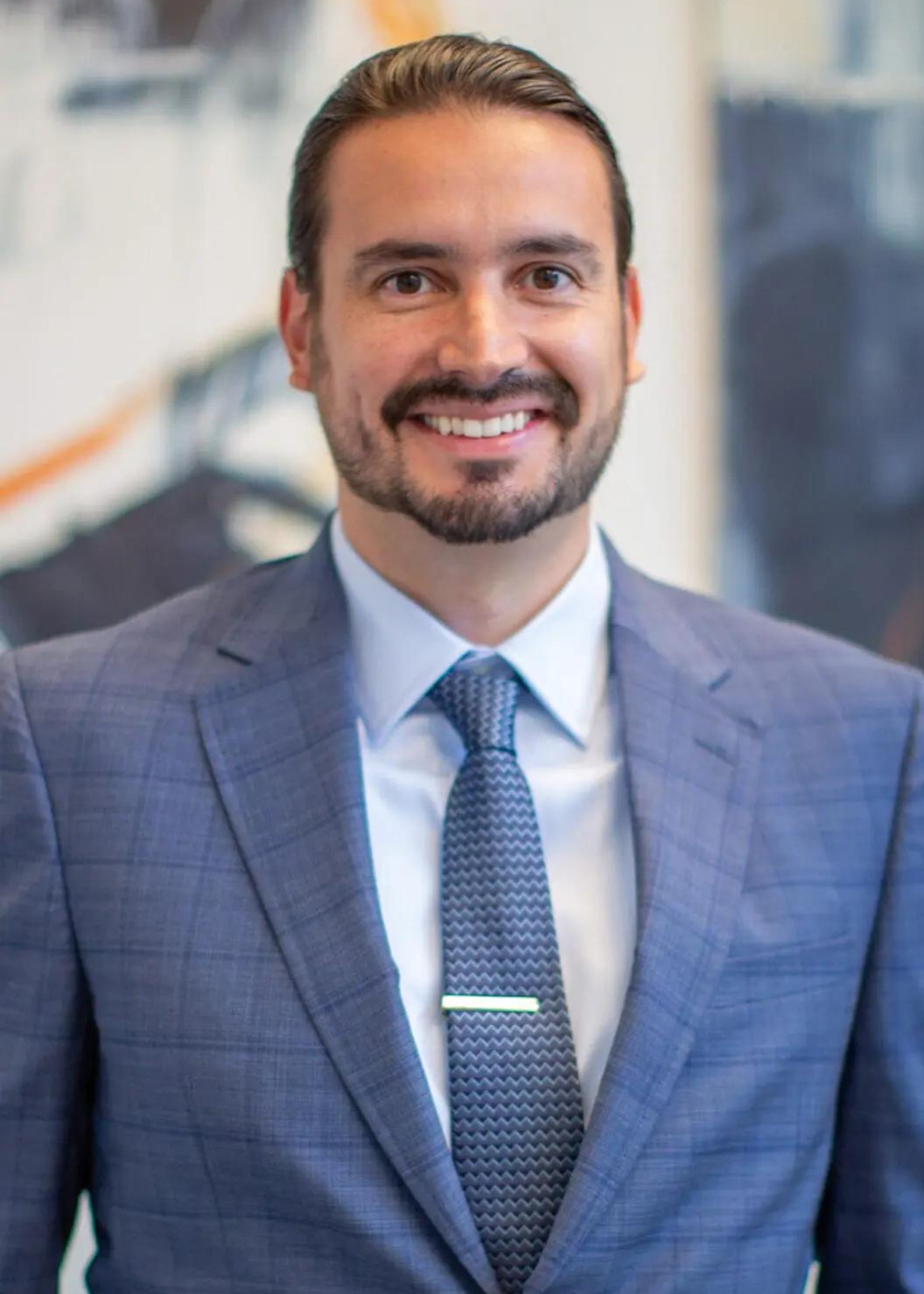
Alejandro Morales-Restrepo, MD
Hand, Wrist, Shoulder & Elbow Surgeon

About Us
Modern Orthopaedics specializes in conditions and treatments of the shoulder, elbow, hand, and wrist with locations in Wayne, Parsipany, and Paramus, NJ.
Serving
Navigation
Contact Us

